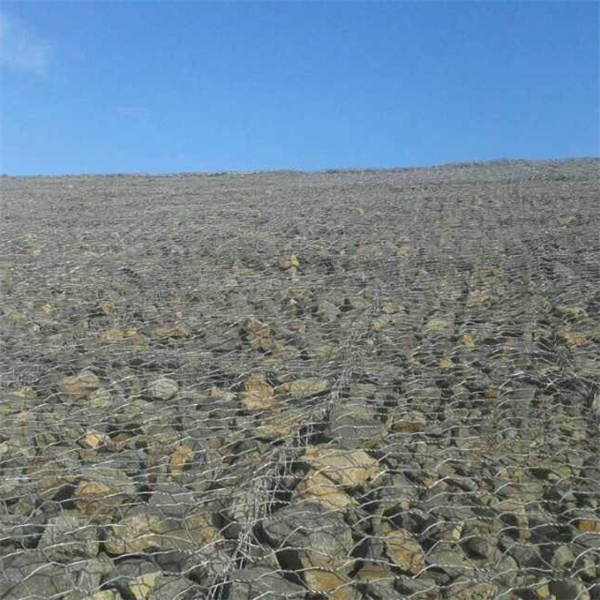Oktoba . 18, 2024 06:41 Back to list
Gabion Wire Cages Manufacturing Solutions for Durable Outdoor Applications
Gabion Wire Cages The Versatile Solution for Modern Infrastructure
In recent years, the use of gabion wire cages has gained significant popularity in various sectors, ranging from civil engineering to landscaping. These versatile structures, made from galvanized steel wire and filled with stones or other materials, are increasingly recognized for their practicality, durability, and aesthetic appeal. This article delves into the features, applications, and benefits of gabion wire cages, as well as insights into the factories that produce them.
What are Gabion Wire Cages?
Gabions are essentially wire mesh cages that can be filled with natural stones, concrete, or even recycled materials. They come in various shapes and sizes, depending on their intended use. The wire is typically made from high-tensile steel, offering excellent resistance to corrosion and ensuring a long lifespan. The flexibility of design and ease of assembly make gabions a popular choice for both temporary and permanent structures.
Applications of Gabion Wire Cages
Gabion wire cages are versatile and can be utilized in numerous applications
1. Erosion Control One of the most common uses of gabion cages is for controlling soil erosion on slopes and riverbanks. By placing these structures strategically, they provide a stable barrier that absorbs and dissipates water flow, thus preventing soil loss.
2. Retaining Walls Gabion cages serve as effective retaining walls, supporting soil in hilly areas or alongside highways. Their porous nature allows water to drain through, reducing hydrostatic pressure and minimizing the risk of failure.
3. Noise Barriers In urban environments, gabions are used to construct noise barriers along roads and railways. The mass of the filled gabions effectively dampens sound, contributing to a quieter atmosphere for nearby residents.
4. Landscaping Beyond functional applications, gabion wire cages are increasingly incorporated into landscape design. They can be used as decorative elements, garden walls, seating areas, or even as planters for a modern aesthetic.
5. Flood Control Gabions can also be employed in flood management systems, providing temporary barriers during flood events or reinforcing levees to protect communities.
gabion wire cages factory

Benefits of Gabion Wire Cages
The advantages of gabion wire cages are numerous
- Cost-Effective Compared to traditional building materials, gabions are often more economical. The materials used to fill the cages can vary widely, allowing for cost-effective solutions that utilize locally sourced stone or recycled materials.
- Sustainability Gabions can be an environmentally friendly solution. By using natural materials for filling, they blend seamlessly into the surroundings and support local ecosystems.
- Durability Gabion structures are built to last. The combination of high-tensile wire and mass filling materials ensures that they withstand harsh weather, water flow, and physical impacts.
- Ease of Installation Gabion wire cages are relatively simple to install and can be assembled quickly, reducing labor costs and project timelines.
- Aesthetic Variety Gabions offer a unique look, allowing for creative designs that enhance the visual appeal of projects while serving functional purposes.
The Role of Gabion Wire Cage Factories
The demand for gabion wire cages has led to the establishment of specialized factories that focus on their production. These facilities utilize advanced technologies and quality control processes to ensure that the finished products meet industry standards. Manufacturers often offer customization options, allowing clients to specify dimensions, wire thickness, and filling materials based on their unique project needs.
In conclusion, gabion wire cages are an innovative and multifunctional solution that addresses various engineering and landscaping challenges. With their versatility, cost-effectiveness, and sustainable attributes, it is no wonder that they are becoming a preferred choice in modern construction projects. As the infrastructure continues to evolve, gabions are likely to play an increasingly vital role in shaping our built environment.
-
Visualizing Gabion 3D Integration in Urban Landscapes with Rendering
NewsJul.23,2025
-
The Design and Sustainability of Gabion Wire Mesh Panels
NewsJul.23,2025
-
The Acoustic Performance of Gabion Sound Barriers in Urban Environments
NewsJul.23,2025
-
Mastering the Installation of Galvanized Gabion Structures
NewsJul.23,2025
-
Gabion Boxes: Pioneering Sustainable Infrastructure Across the Globe
NewsJul.23,2025
-
Custom PVC Coated Gabion Boxes for Aesthetic Excellence
NewsJul.23,2025
-
Installation Tips for Gabion Wire Baskets in Erosion Control Projects
NewsJul.21,2025






